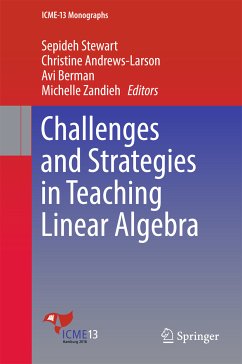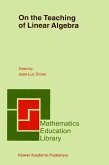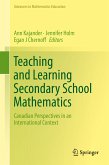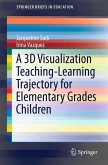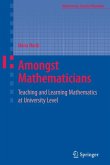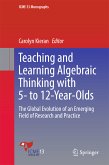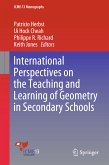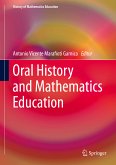The main themes addressed include: theoretical perspectives on the teaching and learning of linear algebra; empirical analyses related to learning particular content in linear algebra; the use of technology and dynamic geometry software; and pedagogical discussions of challenging linear algebra tasks.
Drawing on the expertise of mathematics education researchers and research mathematicians with experience in teaching linear algebra, this book gathers work from nine countries: Austria, Germany, Israel, Ireland, Mexico, Slovenia, Turkey, the USA and Zimbabwe.
Dieser Download kann aus rechtlichen Gründen nur mit Rechnungsadresse in A, B, BG, CY, CZ, D, DK, EW, E, FIN, F, GR, HR, H, IRL, I, LT, L, LR, M, NL, PL, P, R, S, SLO, SK ausgeliefert werden.

